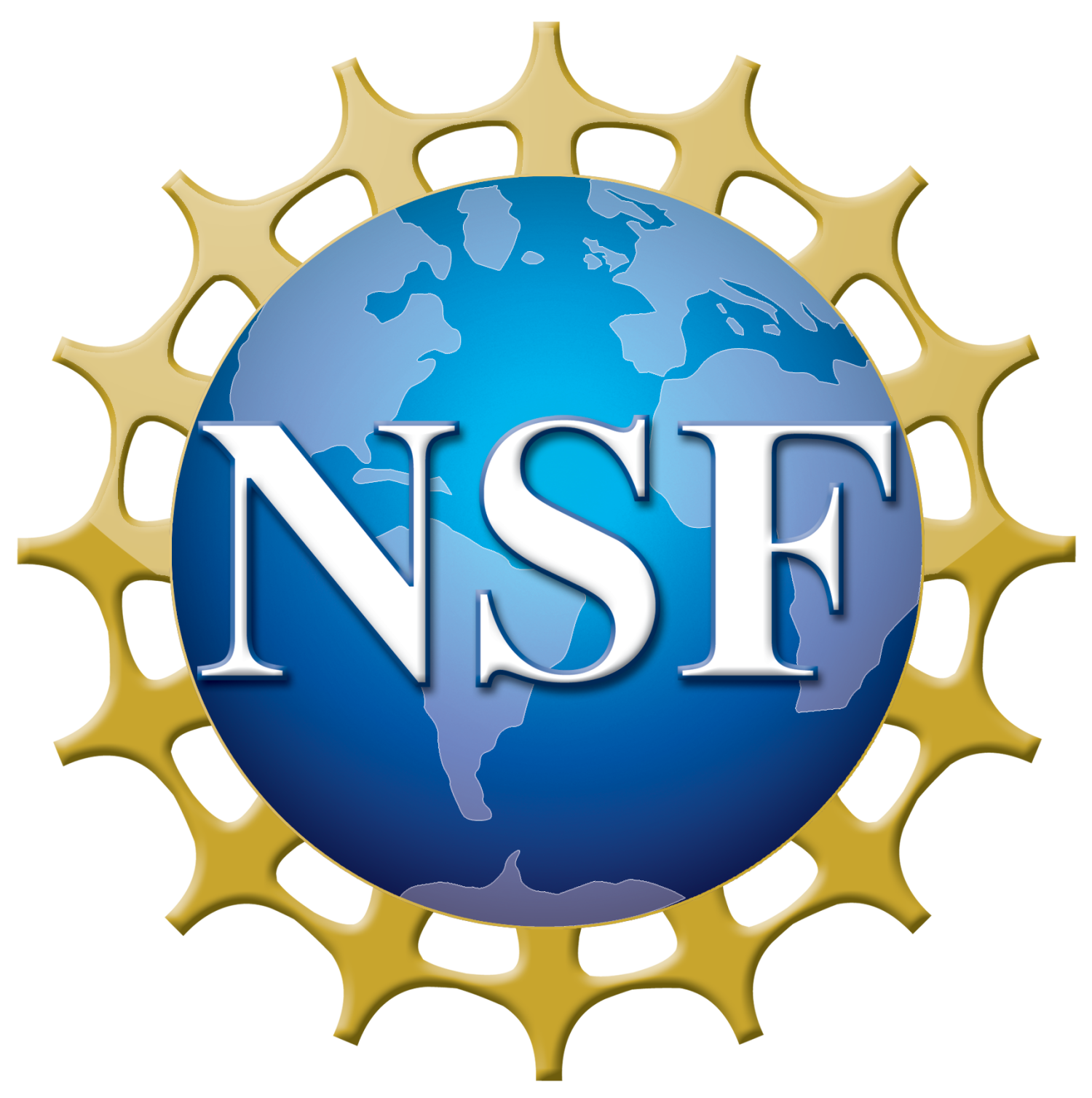STEM + Science + Computational Thinking
inquiryHub's Middle School curricula integrate and promote computational thinking in STEM and Science classrooms through providing engaging, hands-on learning experiences through a school-based sensing platform anchored in Storyline units focused on phenomena.
Curricula are developed in a collaborative co-design process with teachers and researchers. Students use the sensing platform to conduct a variety of data-enabled science and engineering investigations that are rooted in personally relevant questions about their community and their lives. This sensing platform enables teachers and students to envision a new type of “school-wide science lab” - moving beyond specialized classrooms where students go to conduct experiments to imagining the entire school and neighboring environment as a potential space for scientific inquiry. As such, this expanded environment for “doing science” enables teachers across STEM disciplines to creatively integrate computational thinking (CT) activities into their disciplinary instruction.
The sensing technology is integrated into a series of lessons that address identified performance expectations in the Next Generation Science Standards (NGSS) as well as science, engineering and computational thinking practices. Each instructional unit is referred to as a storyline -- a set of lessons that are driven by student questions about a specific design challenge or scientific phenomena. These storylines use students’ questions and ideas to ground the sensing investigation and drive the class forward.
Professional Learning workshops are available for curricular units. Contact inquiryHub@colorado.edu for more information.
The magnetism unit 'Maglev Trains: Forces at a Distance' is currently available.
The units on 'Mold', 'Ecosystems: Urban Farming and Composting' and 'Sensor Immersion' will be available in summer of 2020.

Computational Thinking
Engaging in computational thinking means examining problems using the strategies and approaches employed by computer scientists. As computational tools have become increasingly ubiquitous in the 21st century, exposing students to these tools and ways of thinking is critical to the development of a well educated society. In science classrooms, students engage in computational thinking as they become aware of the available computational tools and develop an understanding of when those tools are appropriate to use. Students generate scientific questions and consider whether computational tools can be used to help answer those questions. Students plan investigations or engage in design challenges in an algorithmic (discrete step-by-step) fashion utilizing relevant computational tools. Students collect and analyze data using computational tools or construct and execute a simulation. Lastly students communicate their findings in a variety of formats that involve computational concepts, such as models, infographics, visualizations, or other intentional displays of their data.
Development
A team of researchers from the University of Colorado Boulder and Utah State University are working with middle school science and dedicated STEM teachers to integrate and promote computational thinking into classrooms through four co-designed units, focused on phenomena and design challenges which align to performance expectations in the NGSS for middle school. These units integrate computational thinking (CT) and the use of a programmable sensor platform made up of a micro:bit, gator:bit, and various attachable sensors such as temperature, soil moisture, and sound. In these units students use the sensing platform to conduct a variety of data-enabled science and engineering investigations that are rooted in personally relevant questions about their community and their lives. This sensing platform enables teachers and students to envision a new type of “school-wide science lab” - moving beyond specialized classrooms where students go to conduct experiments to imagining the entire school and neighboring environment as a potential space for scientific inquiry. As such, this expanded environment for “doing science” enables teachers across STEM disciplines to creatively integrate computational thinking (CT) activities into their disciplinary instruction.
Storylines
Three units are organized around coherent storylines, in which students ask and investigate questions related to an anchoring phenomenon or design challenge. Students use science and engineering practices to figure out Disciplinary Core Ideas (DCI) and crosscutting concepts needed to make sense of and explain the phenomena or solve the problem presented in the challenge.
Phenomena
The phenomena that students work together to explain in these CT-integrated middle school units are how Maglev Trains use invisible forces to float and move (Forces at a Distance), environmental conditions that lead to mold growth (Mold), the existence of food deserts and how urban farming and vermicomposting a.k.a. worm composting can be a way to grow food in urban spaces (Ecosystems: Urban Farming and Composting). Each has been chosen with input from Denver students as to what would be interesting and engaging to students like them.
Science and Engineering Practices
Students engage with all eight science and engineering practices, becoming more proficient in learning when and how to use the practices. Lessons engage students in practices where they investigate, make sense of phenomena and problems, construct and critique models, and develop explanations and arguments. The units are designed to support students in becoming more sophisticated in their use of practices over the school year. Design challenges help students integrate knowledge across units; over time, students are expected to take more and more responsibility in problem solving within them. At the end of the genetics unit, students organize a World Cafe where they design questions for and facilitate a dialogue with peers, parents, and community members about the ethics of genetic engineering.
Embedded Assessments
There are multiple assessments embedded in the materials that can be used for formative and summative purposes. These include exit tickets with multiple-choice questions that assess both student experience and understanding, student models of phenomena, and 3D transfer tasks in which students apply what they have learned to a new phenomenon. The modeling tasks are accompanied by SLO rubrics that can be used to build a portfolio of evidence of student progress.

National Science Foundation Projects #1742053, #1742046

